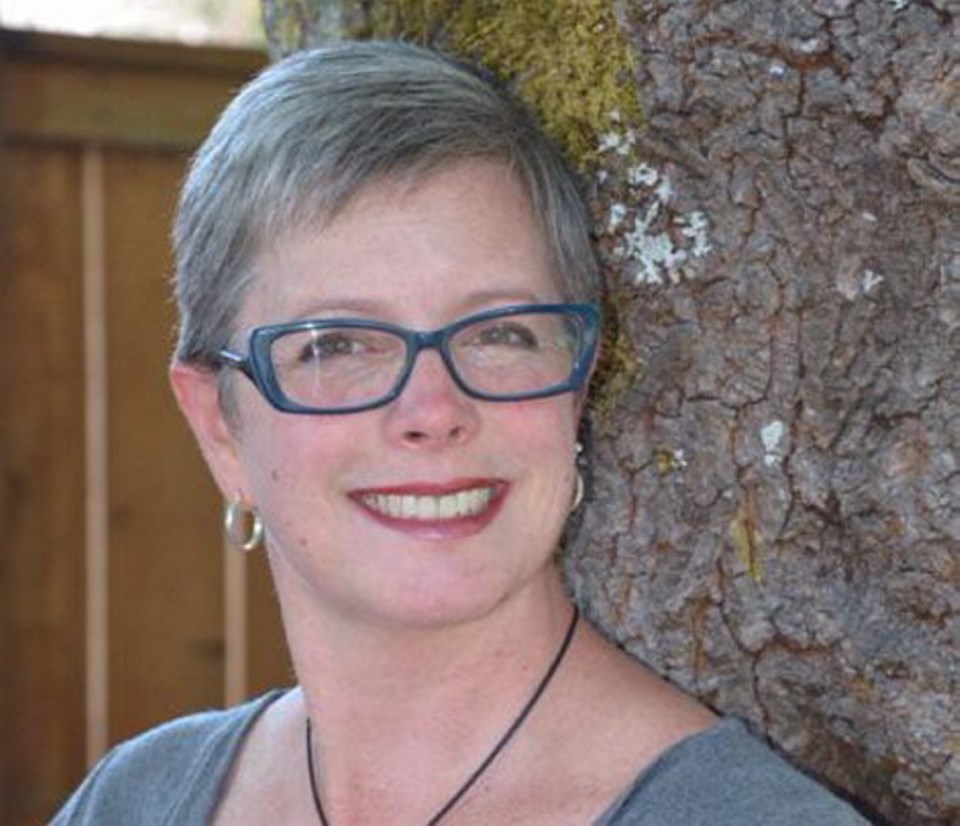The City of Victoria’s child-care working group has a bold idea for creating more daycare spaces in the capital: Give daycares automatic zoning in certain areas to cut down the cost, time and red tape to open a new centre.
The group is tasked with creating a plan for the future of child care in Victoria, buoyed by $25,000 in provincial funding for local governments that come up with a child-care plan that fits their community.
However, an Esquimalt councillor and daycare operator says the money is wasted on municipalities, which have relatively little power to create new daycare spaces, and would be better spent on training and supplementing wages for early childhood educators.
Meagan Brame said a worker shortage has forced some daycares to operate below full capacity.
“I can see much better ways of spending that money,” she said.
“We need more child-care spaces, without a doubt, but part of the problem is we have no one to work in them.”
Brame also worries that creating a patchwork of child-care plans that differ from one municipality to the next is “fraught with problems,” particularly when some parents live, for example, in Langford but drop their child off at an Esquimalt daycare close to work.
The province is spending $3 million on municipal planning grants, dished out to more than 70 local governments, which were eligible for up to $25,000 each.
The municipalities are expected to work with school districts, health authorities, Indigenous partners and the child-care industry to come up with plans that will inform the way the Ministry of Children and Family Development funds new or existing daycares.
The grants will allow local governments to create an inventory of existing child-care spaces, and identify how many new spaces and what type are needed in the future.
But Brame said the provincially funded Child Care Resource and Referral programs and the health authorities already have a detailed inventory of the child-care spaces in each community.
Victoria Mayor Lisa Helps, who sits on Victoria’s child-care working group, said the group had hoped to work with municipalities across the capital region to develop a regional map to determine where parents live and where their daycares are located.
However, Helps was disappointed to discover that Sooke is the only other municipality in the region to receive planning funds.
The value of Victoria’s 10-year child-care plan, Helps said, is that as the province rolls out funding over the next few years, Victoria will be well positioned to respond.
The province is expected to announce in the coming weeks which municipalities have received up to $1 million to create new licensed child-care spaces, funded by the $13.7-million Community Child Care Space Creation Program, a partnership with the Union of B.C. Municipalities and the federal government.
The Ministry of Children and Family Development said in a statement that if it’s to reach the goal of funding 22,000 new licensed child-care spaces over three years, the province must work with child-care providers and all levels of government.
“This is not about downloading provincial responsibilities on to municipalities,” the ministry said. “It’s about combining local strengths and intel in order to improve the child-care system for all B.C. families.”
Arjun Singh, president of the Union of B.C. Municipalities, said the planning grants recognize that local governments have on-the-ground knowledge about their community’s demographics and future needs that can help the province make smart daycare investments.
“We understand the needs and capacity of our communities better than anyone does,” he said.
As for encouraging more people to become early-childhood educators, the ministry has funded a $1-an-hour wage subsidy, with another $1-an-hour bump effective April 2020. That’s part of a $136-million recruitment and retention strategy, which will also fund on-the-job training opportunities.



